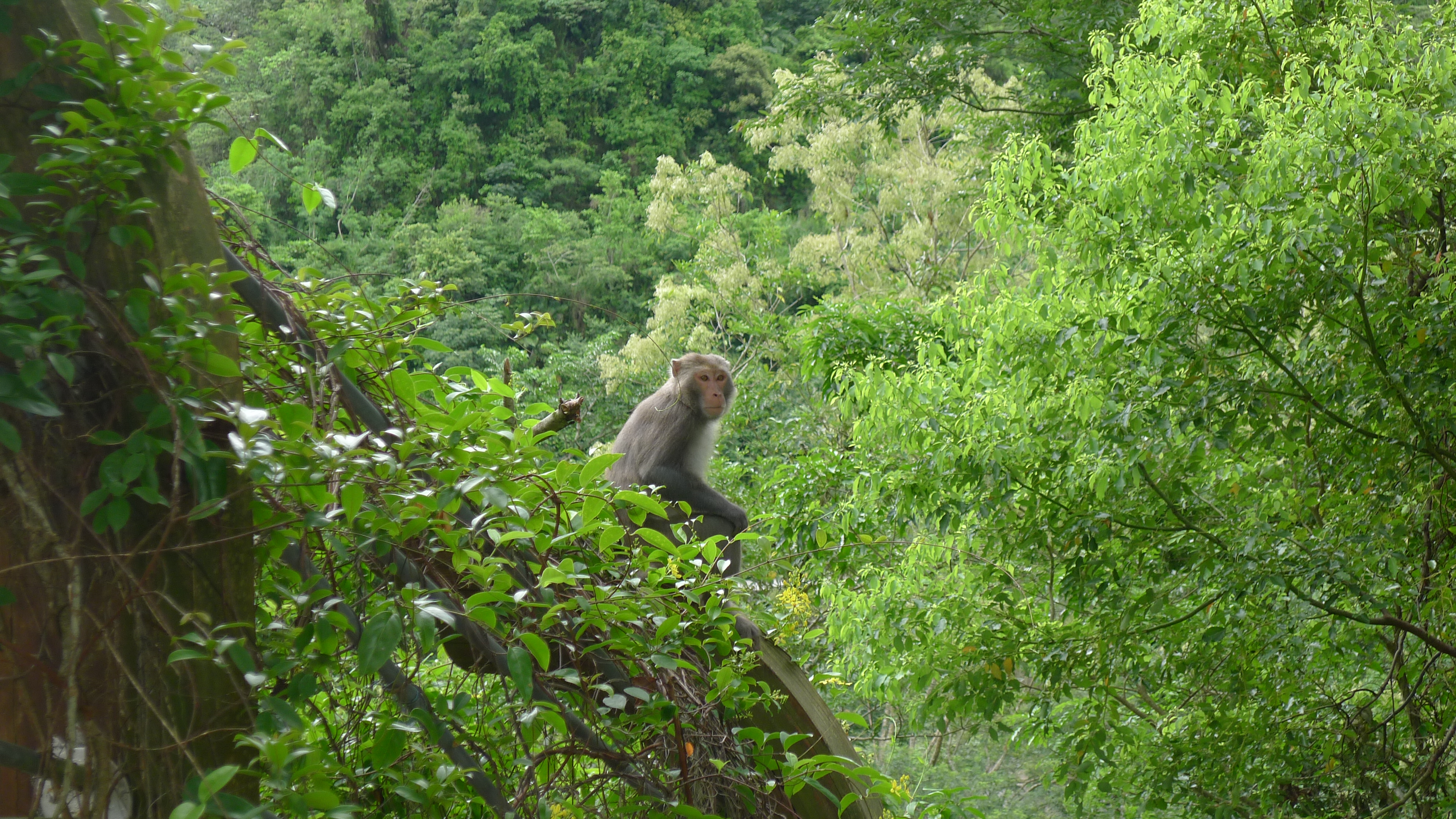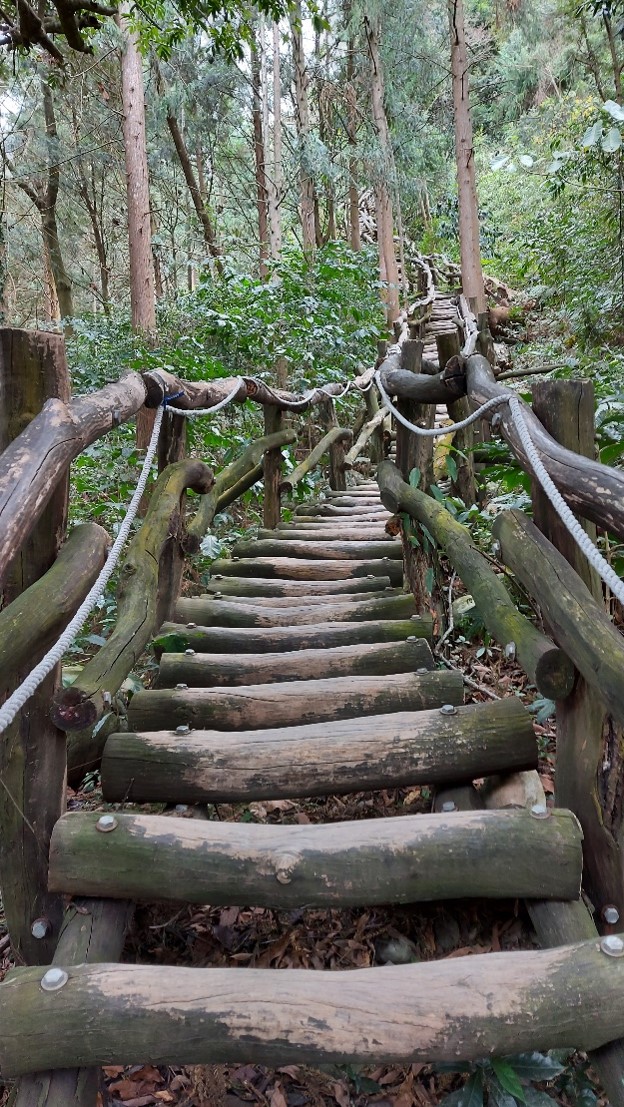Carbon capture, utilization, and storage (CCUS) in landscape architecture (part 3) - Artificial carbon utilization versus the “Wise use” of natural carbon products
Professor of Landscape Ecology, Department of Landscape Architecture, Chinese Culture University, Taiwan
In the first two installments of this series, we discussed the different types of carbon cycles (carbon positive cycles, net-zero carbon cycles, and carbon negative cycles), life-cycle carbon assessments, how carbon storage is linked to organism lifespans, landscape maintenance, and decomposition rates, and the various means of extending the timeframe of carbon storage to produce effective carbon sinks. In this third installment, we shall discuss and advocate for what I shall call the “wise use” of naturally captured carbon.
Carbon utilization vs. wise use of naturally captured carbon
The current narrative of carbon utilization emphasizes new technology that transforms artificially- or naturally-captured carbon into usable products such as renewable low-carbon fuels or other high-value products such as plastics and chemicals. For Landscape Architects, the relevance of this type of carbon utilization is if we specify their end products in lieu of fossil-fuel products.
Natural and semi-natural landscapes, however, are abundant with naturally captured carbon. There is therefore great potential that if we, as a profession, develop methods to make “wise use” of non-living organic material before it decomposes and releases carbon back into the air. Food, fabric, and timber, for example, are common naturally produced carbon-based materials. These resources are generally considered sustainable resources because they can be regenerated at a pace equivalent to the rate at which they are used. As long as the production sites such as farms or plantations are replanted soon after harvest, the net carbon output to the atmosphere could be balanced between the carbon newly captured by the new plants versus the carbon from the energy used during the production and transport of goods and the carbon released by the decaying or burned harvested materials during the same time period. Therefore, if the harvested materials such as timber and stover are preserved and decompose slower than the rate at which the new plants accumulate the equivalent amount of carbon, they have the potential of producing carbon negative cycles by extending the lifespan of the sequestered carbon off-site. Also, the more efficiently such organic materials are used, the less land-clearing will be required for resource production, and more land would be left for natural carbon sequestration. The efficient use and reuse of organic materials would also alleviate the pressure of clearing land for landfills or burning fossil fuel to help incinerators reach operating temperature. Efficiency of resource use would also minimize waste and energy-consumption.
The dilemma of utilizing timber or conserving forest, and the forest offsets controversy
If using timber is a good way to sequester carbon, how do we choose between utilizing timber, which requires the logging of trees, versus preserving forests? This forest renewal versus forest conservation debate has attracted heated arguments for decades. Advocates for forest harvesting and renewal emphasize the carbon capture potential of young trees, whereas advocates for forest conservation emphasize the ecological, cultural, and intrinsic value of mature, natural forests. One of the major controversy in the current discussion of carbon offsets also concerns green-washing, where forests that are already protected or difficult to access are used to compensate for carbon outputs. Under such pretense, no new carbon is actually sequestered. Therefore, it is important to separate carbon cycles of ecological value with carbon cycles for human use. For the carbon already sequestered by natural, especially old-growth forests, wetlands, and reefs, the strategy should be to protect and conserve. For areas already occupied or managed by man, such as urban areas, brown sites, farms, and tree plantations, the strategy would be to increase new carbon sequestration, wise-use such organic resources, and prolong the lifespan of sequestered carbon. This is where Landscape Architects can contribute the most. Such human-dominated areas are currently carbon sources, but have the potential to reduce their carbon outputs, and areas such as urban parks may even contribute to the global carbon cycle by becoming new or improved carbon sinks. These are areas that are currently not seriously considered in carbon off-sets but should be.
Application by Landscape Architects
- Given the limited carbon storage capacity and timespan of shrub and ground-layer ornamental plants, plants that provide food and other natural resources are more carbon sensible alternatives to ornamental plantings. Local food production not only reduces the carbon foot-print from food transport, it also reduces waste for two reasons: 1) There is less food damage and loss due to a shortened transportation process; 2) People who grow their own food understand what food plants actually look like, and are less inclined to throw away non “perfect-looking” food material. Therefore, Landscape Architects can contribute to the carbon cycle by promoting community gardens and edible landscapes.
- Sustainability and carbon sensibility can be further enhanced locally in production-embodying landscape projects through three methods:
1. Minimize waste to reduce energy use and land required for both production and waste treatment;
2. Net-zero carbon cycles can be implemented by enabling the continuous growth of plants; and
3. Composting non-usable bio-resources to help expedite the next carbon cycle. - Biofuels extracted from short-living plants can contribute to the global carbon cycle by replacing fossil fuel burning with continuous regrowth net-zero carbon cycles. To satisfy the economies of scale, however, a large-scale landscape planning effort would be needed to incorporate biofuel production into our green infrastructure.
- In addition to planting trees, Landscape architects can also contribute to lowering atmospheric CO2 by extending the life-span of timber carbon sinks through specifying preserves that slow decomposition or rot. The use of artificial carbon captured materials can also help reduce atmospheric CO2 and are a more ecologically friendly alternative to plastics made from fossil-fuel or carbonate materials mined from geological sources.
- If our decision involves the removal versus conservation of a particular forest tract, we should ask if the forest has important values that are rare in the broader ecosystem? Examples for such important values would include old-growth forests, habitats to protected species, and rare native habitats. In such cases, conservation should be recommended, and tree removal should be avoided or at least be limited. This conservation effort should be extended to downed trees and standing boles, because these structures are often habitats to diverse wildlife.
- The removal of trees from sites in landscape projects, when needed, should be more than compensated for through the planting of new trees. If Landscape Architects aim only for the low-hanging fruit of net-zero carbon target for our sites, then who is going to counter-balance the carbon emissions from the myriad of human activities?
- If our decisions involve whether or how much timber is to be used in the design, the better question to ask is where the timber is coming from? Reusing timber from the site would be the best choice. When timber is required to be brought into the site from elsewhere, specify timber from sustainable tree farms, preferably local sustainability-certified tree farms to decrease the carbon footprint from transportation.
- In addition to timber from removed trees, woody materials from the site may further include timber scavenged from old wooden structures, downed trees, old stumps, and fallen or trimmed branches. Compared to standardized commercial materials, these on-site materials are often not evenly shaped and sized. Creative designs that incorporate such non-standardized, and even organic forms, would be both a strong statement of our commitment to climate action and a showcase of how creative design may contribute to helping solve the world’s problems.
Photo 1: Natural forests have ecological, cultural, and intrinsic values in addition to sequestering carbon

Photo 2: Locally retrieved, minimally processed, but adequately preserved timber maximizes the carbon sequestered in our facilities and also adds to a rustic feel that matches its environments.


